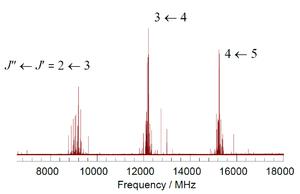
Cargando...
¿Qué puedo hacer?
226309 materialEducativo
textoFiltroFichatipo de documento Articulo Wikipedia Definición
Acerca de este recurso...

Contenido exclusivo para miembros de

Mira un ejemplo de lo que te pierdes
Categorías:
Fecha publicación: 20.4.2015
¿Quieres comentar? Regístrate o inicia sesión
Añadir a Didactalia Arrastra el botón a la barra de marcadores del navegador y comparte tus contenidos preferidos. Más info...
Comentar
0